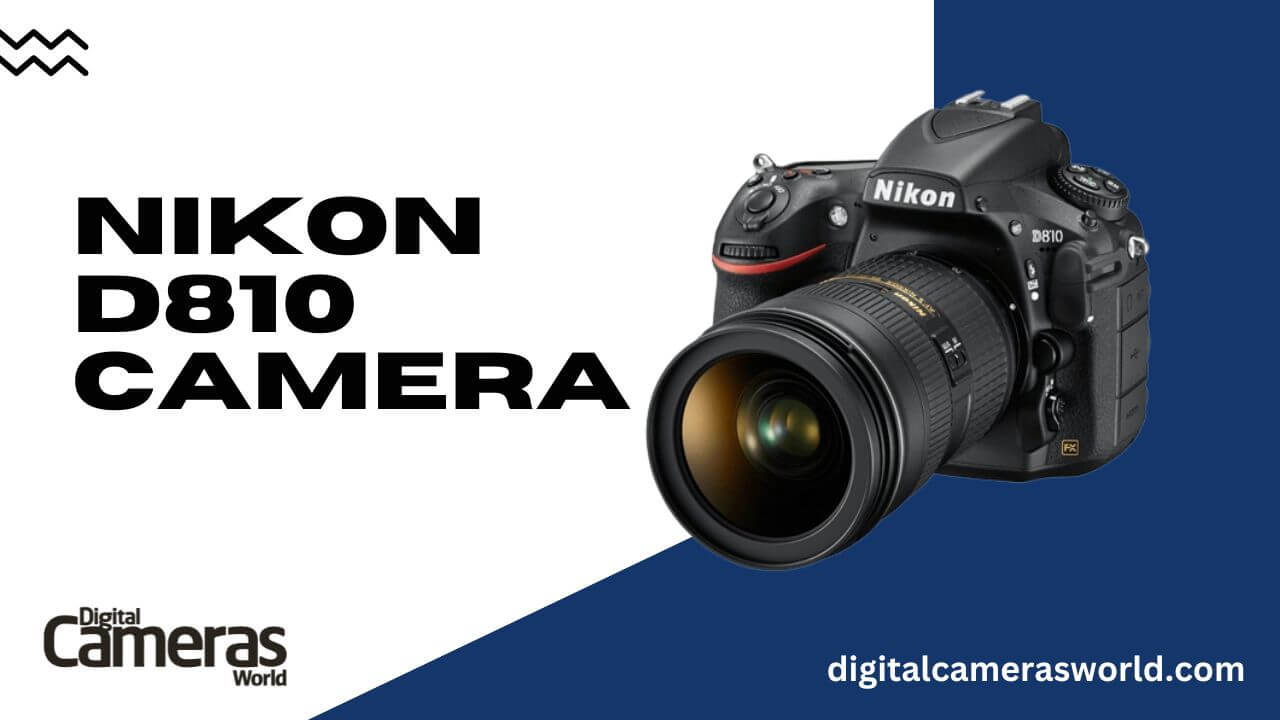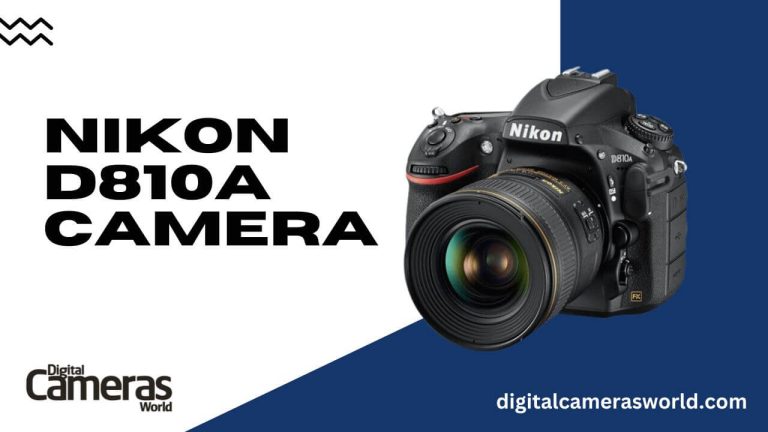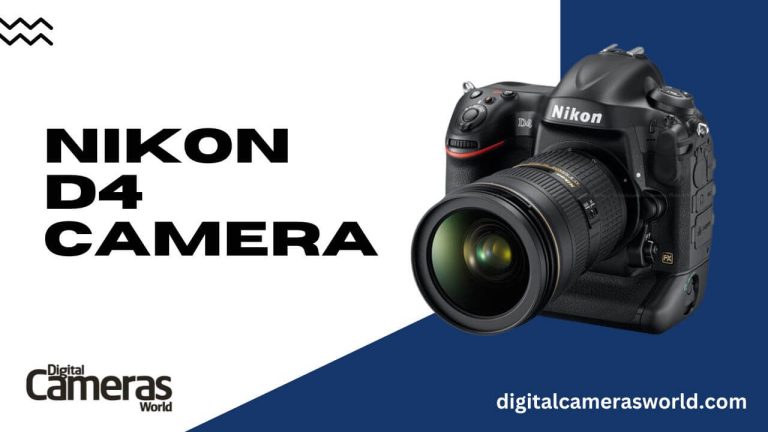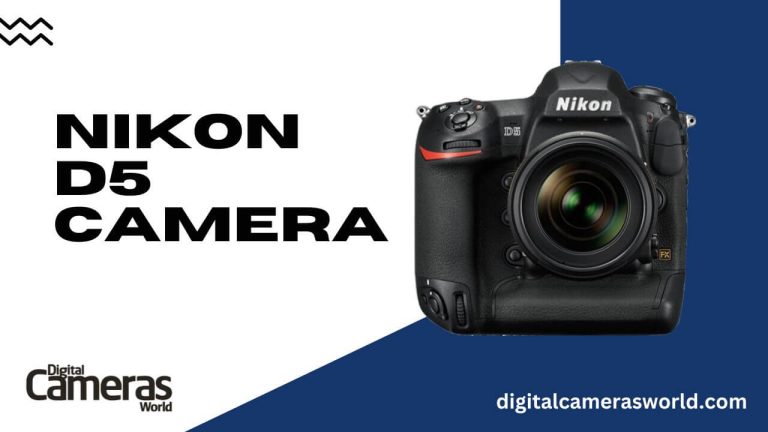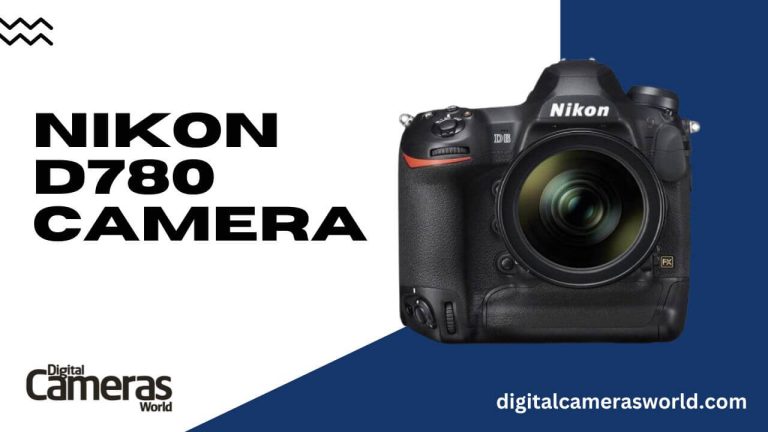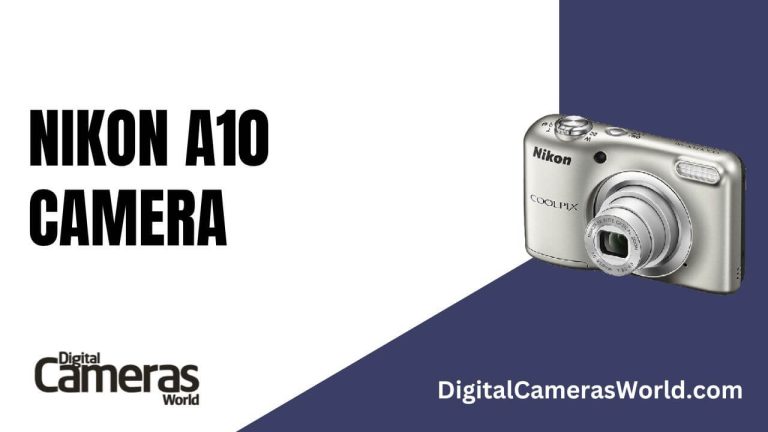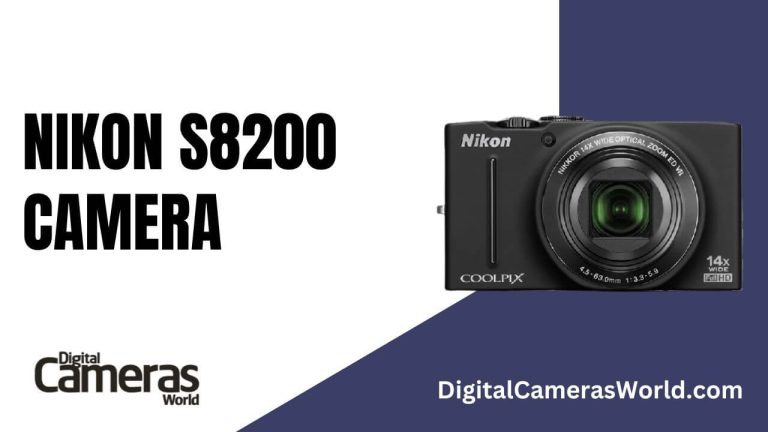Nikon D810 Camera Review
The Nikon D810 is a professional-grade digital single-lens reflex camera known for its high resolution 36.3 megapixel full-frame image sensor and advanced autofocus system.
The Nikon D810 is a versatile and powerful camera well-suited to various photography tasks. Its 36.3-megapixel full-frame image sensor delivers exceptional detail and sharpness, and the camera’s advanced autofocus system ensures that your photos are always focused.
The D810 also has a solid build quality and is relatively lightweight, making it easy to carry around. The camera offers a wide range of features and settings that give you control over your images, including manual exposure controls, multiple metering modes, and various shooting modes. Overall, the D810 is a top-notch camera that is perfect for professional photographers and serious enthusiasts alike.
Why Do Photographers Need to Buy a Nikon D810 Camera?
Photographers may want to buy the Nikon D810 camera because it offers exceptional image quality, advanced autofocus, and a wide range of features and settings that give users plenty of control over their images.
Pros
- High-resolution 36.3-megapixel full-frame image sensor
- Advanced autofocus system
- Solid build quality and relatively lightweight
- Wide range of features and settings for advanced users
Cons
- Expensive compared to other cameras in its class
- Large file sizes can be challenging to manage
- Some users may find the camera’s menus and controls to be complex and overwhelming
Nikon D810 Camera Features:
| Feature | Description |
| Sensor | 36.3 megapixel full-frame (FX-format) CMOS sensor |
| Image Processor | EXPEED 4 image processing engine |
| ISO Range | ISO 64-12,800 (expandable to ISO 32-51,200) |
| Continuous Shooting Speed | Up to 7 fps |
| Autofocus System | 51-point AF system with 3D Tracking and 3D Matrix Metering II |
| Video Recording | Full HD 1080p video recording at 60/50/30/25/24p, HD 720p at 60/50p, and SD 480p at 30/25p |
| Viewfinder | Pentaprism optical viewfinder with 100% frame coverage and 0.7x magnification |
| Rear LCD Screen | 3.2-inch, 1,229k-dot LCD screen with adjustable brightness and color balance |
| Storage Media | Dual SD card slots (SD/SDHC/SDXC) |
| Connectivity | USB 3.0, HDMI, and NFC (Near Field Communication) |
| Physical Size and Weight | 146 x 123 x 81.5mm (5.7 x 4.8 x 3.2 inches) and 1,005g (2.2 lbs) |
| Additional Features | Built-in flash, built-in Wi-Fi, time-lapse movie recording, multiple exposure and HDR shooting modes, built-in interval timer, in-camera image editing and retouching, and support for various lenses and accessories |
What is Nikon D810 best for?
The Nikon D810 is a digital SLR camera that is well-suited for various photography needs, including portrait, landscape, and close-up photography. It is known for its high-resolution full-frame sensor, allowing exceptional image quality and detail. It also has a fast autofocus system and a large selection of customizable settings, making it a versatile tool for professional photographers.
Is the D850 that much better than the D810?
The Nikon D850 is a more advanced camera than the D810, with features such as a higher resolution sensor, faster continuous shooting speed, and improved autofocus performance.
What year did the Nikon D810 come out?
The Nikon D810 was released in 2014
Why is the D810 so much better than the D800?
The Nikon D810 is a more advanced camera than the D800, with features such as a higher resolution sensor, faster continuous shooting speed, and improved autofocus performance.
Is D810 still good in 2022?
In 2022, the Nikon D810 still has a good camera, but it may be surpassed in terms of technology and performance by newer models that have been released since its debut in 2014. It is still a capable camera for professional photography, but its features and capabilities may need to be updated more.
What is the shutter life of a Nikon D810?
The shutter life of a Nikon D810 is approximately 200,000 actuations, which refers to the number of times the shutter is opened and closed during use. This is an average estimate, and the actual shutter life may vary depending on individual usage patterns and conditions.

